Plant Species Going Into The Red On The IUCN Red List
-
Region
Global -
Topic
Conservation Prioritisation -
Type
News -
Source
BGCI
The IUCN Red List now includes 23,074 plant species of which 12,102 (52%) are threatened with extinction. “This latest release of the IUCN Red List highlights the fact that it is not only rare species but even some of the most common species around us are at risk of going extinct. In addition to looking after these threatened species in the wild, it is essential that we ensure these species as well as their genetic diversity are backed up in ex situ collections, such as botanic gardens, arboreta and seed banks for the future” says Malin Rivers, Red List Manager at Botanic Gardens Conservation International.
North America’s ash trees on the brink
Five once-widespread North American ash tree species are newly assessed as Critically Endangered and a sixth species assessed as Endangered. These species are being decimated by the invasive Emerald Ash Borer beetle (Agrilus planipennis). The fast-moving Emerald Ash Borer beetle arrived in Michigan from Asia in the late 1990s via infested shipping pallets, and has already destroyed tens of millions of trees throughout the U.S. and Canada. It can kill nearly an entire forest stand of ash within six years of infestation. Due to a warming climate, areas which were previously too cold for the beetle are now more suitable for it to thrive, making it impossible to know how far it could spread in future.
These ash species are key component of North American forests. They provide habitat and food for birds, squirrels, and insects, and support important pollinator species such as butterflies and moths. White Ash (Fraxinus americana) is also one of the most valuable timber trees of North America used for making furniture, baseball bats, hockey sticks and tennis racquets.
“Ash trees are essential to plant communities of the United States and have been a popular horticultural species, planted by the millions along our streets and in gardens,” says Murphy Westwood, member of the IUCN Global Tree Specialist Group who led the assessment. “Their decline, which is likely to affect over 80 percent of the trees, will dramatically change the composition of both wild and urban forests. Due to the great ecological and economic value of ash trees, and because removing dead ash trees is extremely costly, much research is currently underway across sectors to halt their devastating decline. This brings hope for the survival of the species.”
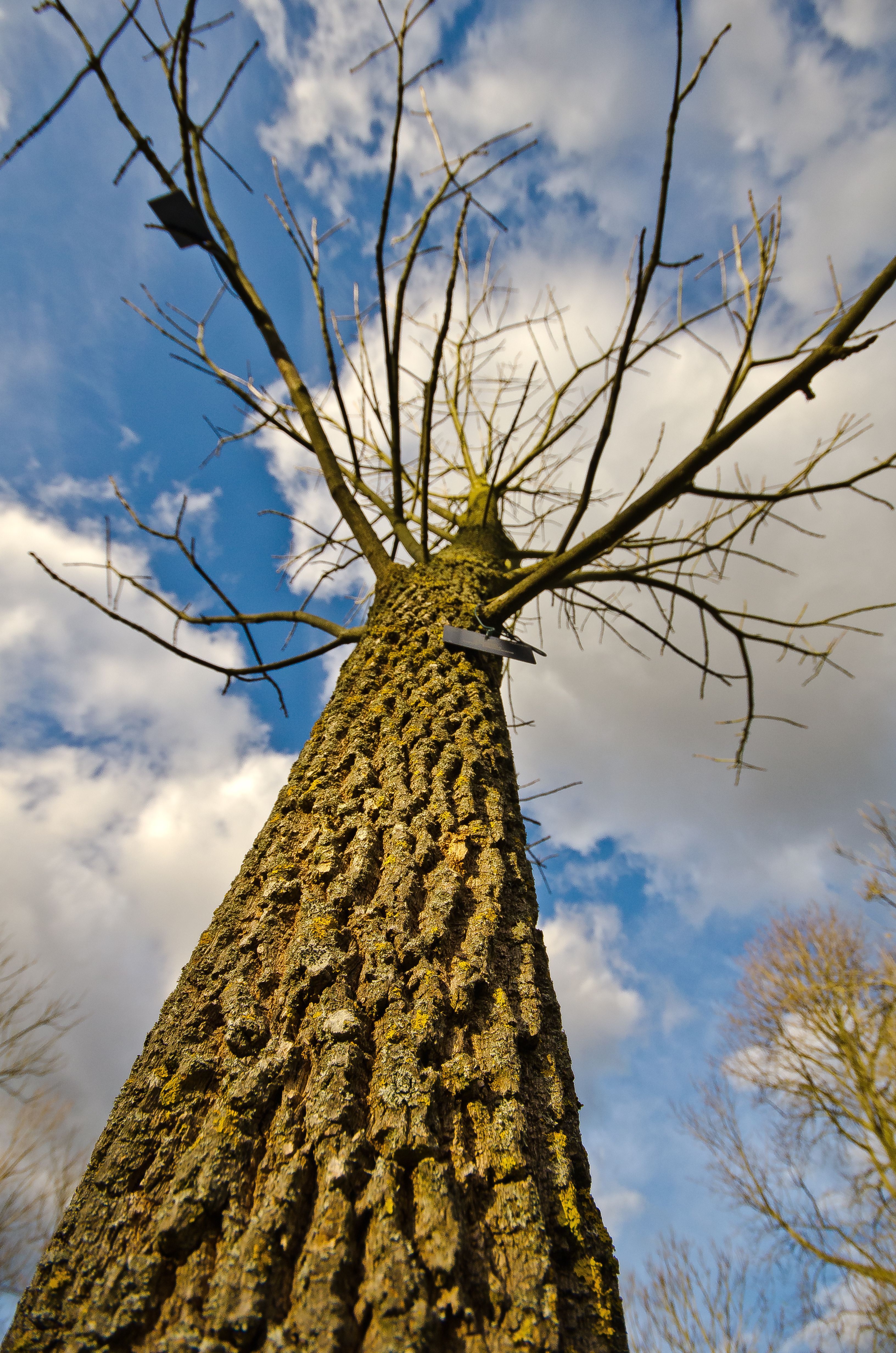
Copy of Fraxinus americana II
Fraxinus americana. Credit: Ian Harvey-Brown
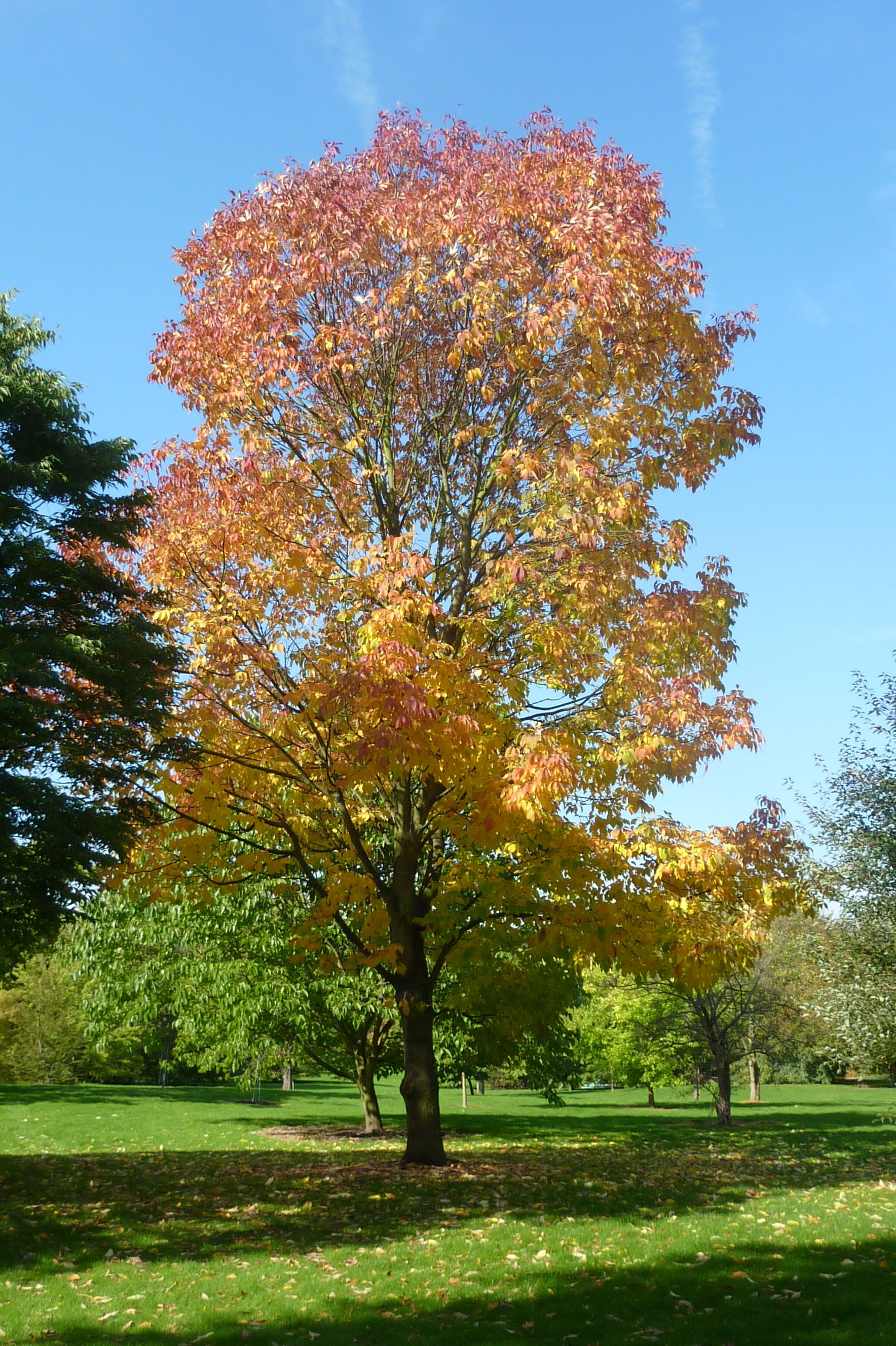
Fraxinus americana - 76163-pds-262 - 2010.1003 094
Fraxinus americana. Credit: Arboretum Wespelaar
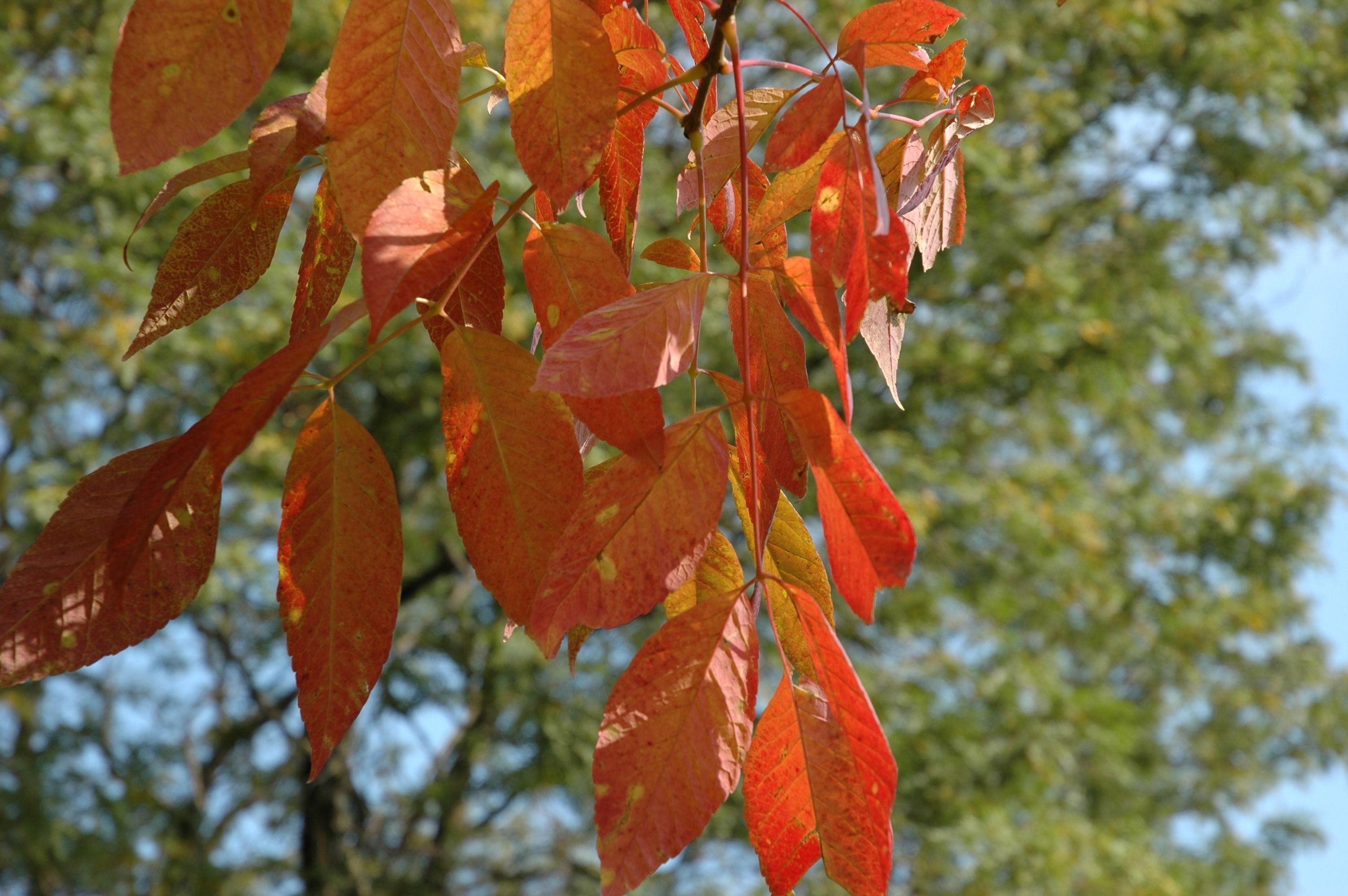
Fraxinus americana Autumn Purple_The Morton Arboretum
Fraxinus americanadisplaying its autumn leaves. Credit: The Morton Arboretum
European rowans and whitebeams fully assessed
All European rowans and whitebeams (Sorbus) species are now also included on the IUCN Red List. In total 190 species of Sorbus are found in Europe, with 181 (95%) of species being endemic and not found outside the boundaries of Europe. Out of the 190 species, 143 (75%) are listed as threatened with extinction. The main threats are from succession to tall woodland or deforestation, selective forestry, quarrying and grazing, and the small populations are often vulnerable. The small populations result from their recent origin and variable fertility, and they often have restricted habitats such as ungrazed, rocky cliffs as many are short, light-demanding trees which are palatable to animals. Lack of knowledge may also cause unnecessary losses.
Except a few widespread species, the European Sorbus species are found in single countries, with hotspots in the UK, Hungary and Germany. The European Sorbus diversity arises from the unusual mode of reproduction which involves a combination of hybridisation, polyploidy and apomixis. This reproductive complexity has resulted in the origin of many new species where different parents have met during recolonization of Europe after the last glaciation and the process is ongoing today.

Sorbus sognensis
Sorbus sognensis
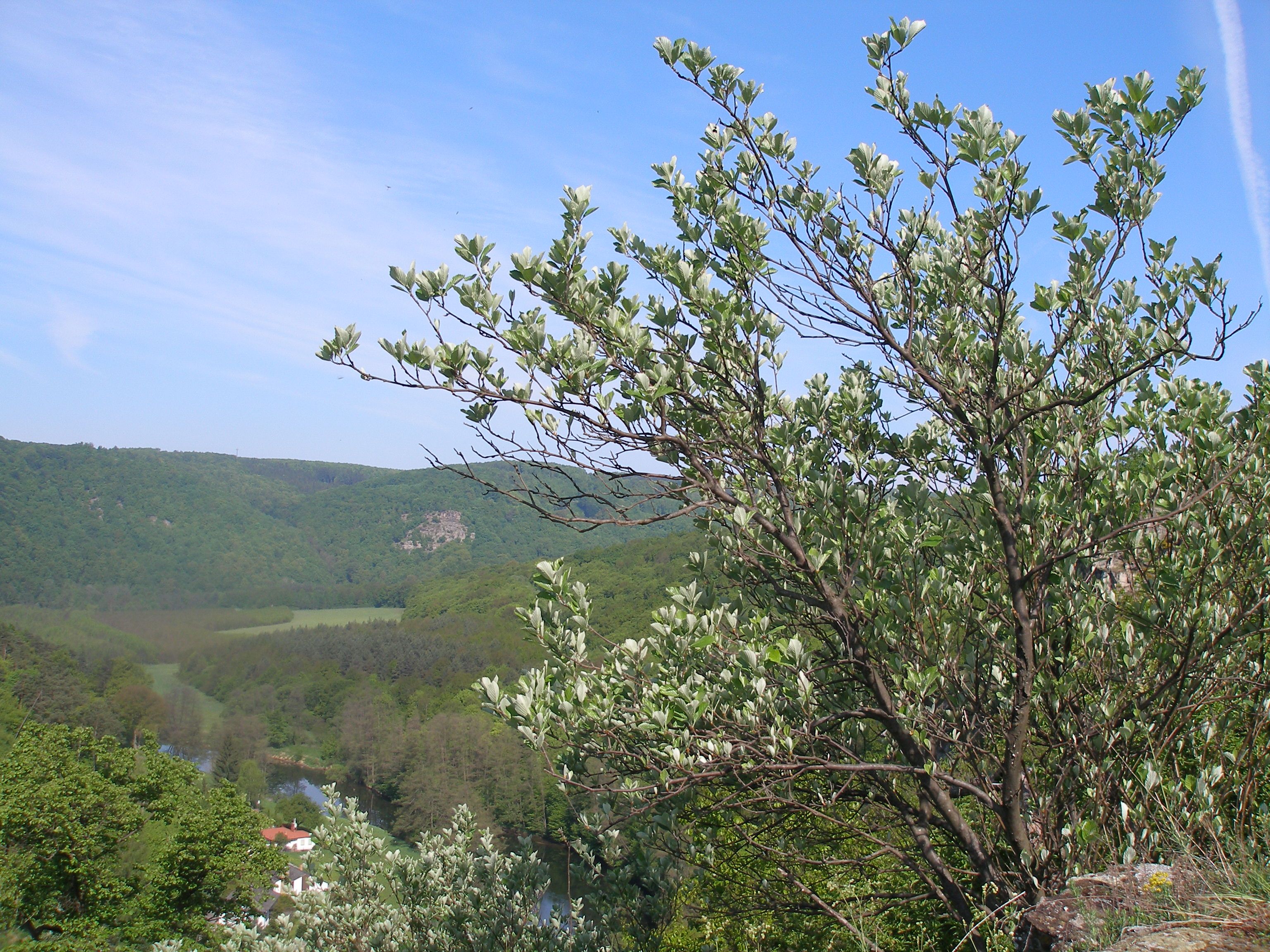
Sorbus cucullifera
Sorbus cucullifera
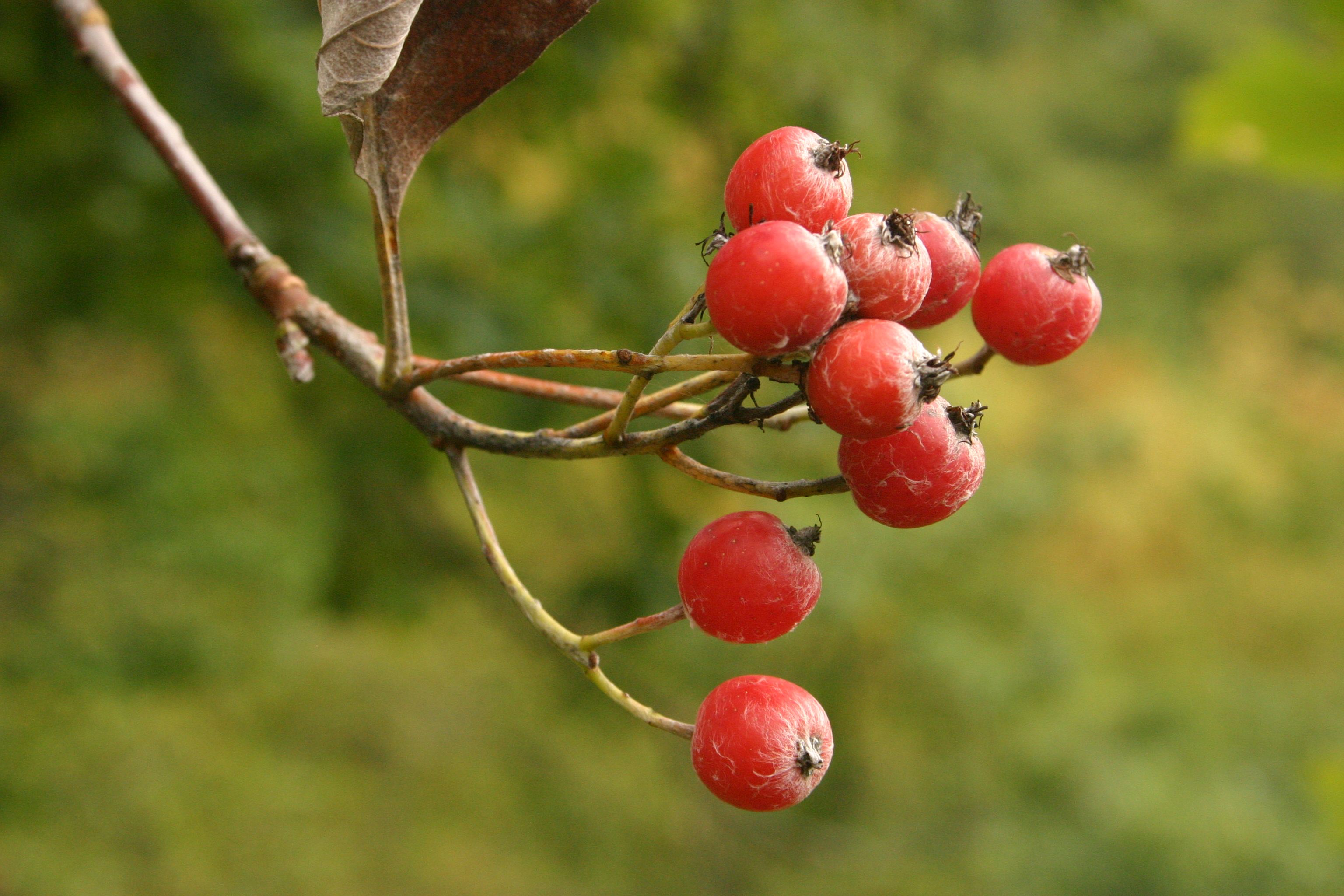
Sorbus collina
Sorbus collina
Where do we go next?
Both the ash (Fraxinus) and Sorbus red list assessments had input from the BGCI Red List Programme, which is continuing to work towards the Global Tree Assessment. The Global Tree Assessment aims to have conservation assessments for all trees by 2020. This latest IUCN Red List release adds several hundreds of species to that tally. However, there is still more work to be done, and anyone who would like to carry out a conservation assessment for a species, a genus or a family of trees – do get in touch with us.
To find out if other species have a conservation assessment, please consult ThreatSearch. For more information on the distribution of Sorbus and Fraxinus, please consult GlobalTreeSearch, and for more information on which of these species can be found in botanic garden collections, please consult PlantSearch.